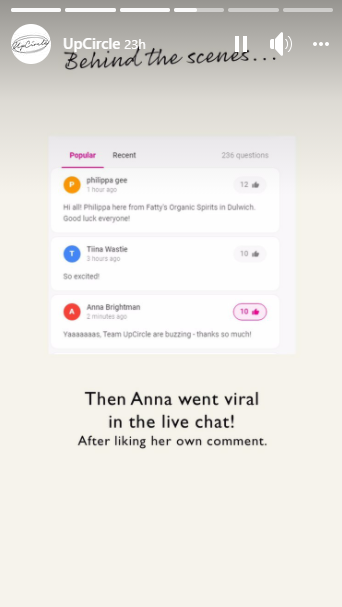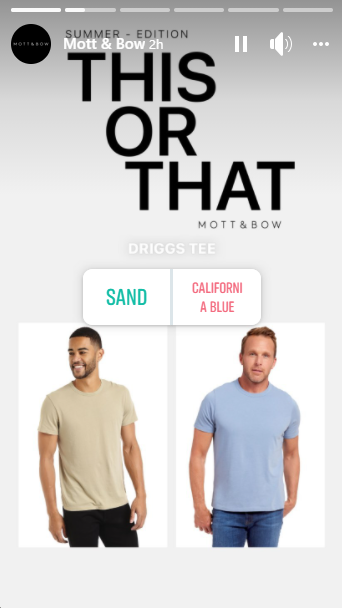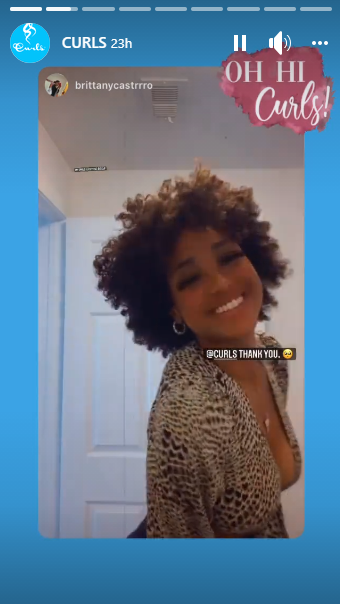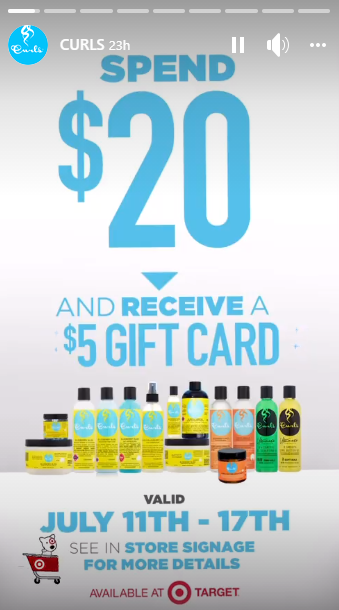Storrito is your autopilot forInstagram Stories
Facebook Stories Explained: 6 Ideas for Your Business Marketing
Facebook Stories can be a powerful marketing tool for reaching your business’s target audience. But how can you get the most out of the platform? In the following guide we’ll explore six marketing ideas for your business.
When Facebook first launched Stories in 2017, users and businesses were slow to adopt the new feature. They didn’t see the point of posting in yet another format, especially one so similar to the already-popular Instagram Stories and Snapchat.
Fast-forward a few years, and Facebook Stories has really taken off. Now, with 500 million active daily users, it’s one of Facebook’s most popular features. This not only gives your business access to a larger audience, it also offers you a new marketing tool in order to reach that audience.
So, let’s explore a few marketing ideas for Facebook Stories that can help you gain a larger following, expand the visibility of your brand, and engage more with your audience.
1. Be spontaneous
Just like Instagram Stories and Snapchat, Facebook Stories is meant for spontaneous content that, by default, will disappear after 24 hours. At first, this might seem like a disadvantage; why put effort into creating a post that will disappear after just one day? Well, the benefit of the temporary nature of stories is that it gives you more freedom to be spontaneous with your content!
If you think about what content you usually post to your business page on Facebook, it is probably only the most important and relevant content, because you know that it will be visible for a long time. So, obviously, you try to make sure that you only post content that really matters.
However, this also means that a lot of content won’t make the cut, either because it doesn’t seem newsworthy enough, or because it relates to a current event or promotion that might not be relevant in the long term. This is exactly where stories come in!
With the short-lived format, you can be more spontaneous. For example, you can share live clips from an event with your audience, or include funny behind-the-scenes clips of your business.

While this type of spontaneous content might not seem appropriate for your normal Facebook feed, including it in stories can help your brand seem more personable.
2. Post polls and surveys
Facebook Stories offers some great interactive features such as polls and surveys. By including interactive poll stickers or survey stickers in your stories, you can gather feedback from your audience, get insights about new products, and engage with your customers.
For example, ask your customers what they think about a certain product. This can help you gain valuable insights for making improvements. You can also introduce new product ideas and use a survey to find out which product your customers would be most interested in.

Or, find out more about your customers by asking them questions. As a beauty brand, you could ask them about their most common skin issues. Or, if you are running a local flower shop, you could poll your customers about their favorite flowers. You might be surprised how much you can learn about your customers’ needs and wishes simply by asking them in a story.
In the end, you are not only posting engaging content, but also gathering valuable insights for your business.
3. Share user-generated content
When you share user-generated content in your stories, you are showing customers that you value their input and care about their opinions. Knowing that their content could be shared by a brand also encourages users to create posts about your brand.

For you, showcasing your customers’ posts about your products is also a clever way to provide social proof of how good your products or services are, which can encourage other users to become customers.
4. Direct traffic to your website
On Facebook Stories, verified brands have the option of including a link in their posts. There are many different ways to take advantage of this feature. You could direct traffic to your website, to an online shop, or to an event site. You could also promote new content, such as a new blog post or podcast episode, and include a link for your viewers to check it out.

One big advantage of the link tool is that users don’t have to close the Facebook tab when they follow a link. Story links automatically open up in a new tab, which makes it easier to organically direct users to other channels.
5. Provide exclusive offers
Since they are temporary, stories are a great tool for making limited-time offers. For example, plan a story where you give away samples of a new product to the first 50 people that respond to your story.
Users love freebies, and you will definitely generate a lot of engagement and buzz about your new product. It’s also a great opportunity to gain new customers.

6. Cross-post your stories from Instagram to Facebook
Since Instagram and Facebook offer slightly different features and your target audience on each platform might also be different, it might not always work to post the same content on the two platforms. However, there are certainly also cases where you will benefit from cross-posting your content, as you can reach more people and also save time by not having to come up with two different stories about the same topic.
For now, Facebook only allows cross-posting a story from Instagram to Facebook, but not the other way around. However, an easy way to cross-post a story from Instagram to Facebook is to use a third-party planning tool such as Storrito.
Storrito is a web tool for creating and scheduling Instagram stories, but you can also use it to cross-post your Instagram stories to Facebook. This can save you a lot of work, especially since creating stories on Storrito is a lot easier than doing it on the Instagram app itself.
Since Storrito works on any device, you can create your stories on a large computer screen and even collaborate with other users on the same story. Once you are happy with a story, you can use Storrito to schedule it to be posted not only on Instagram, but also on Facebook. Thus, Storrito makes cross-posting content really easy, and will save your business a lot of time.

Ready to schedule your stories?
Tools
- Auto Post Instagram Stories
- How to Upload a Video to Instagram Story from PC
- Schedule Instagram Stories with the Link Sticker
- Upload and post Instagram Reels from PC
- Schedule Instagram Stories
- Can you schedule Instagram stories? Yes, with Storrito.com! (Here's How)
- Instagram Story Planner (Scheduler)
- Schedule Facebook Stories from PC
- Instagram Story Maker Online
- How to schedule Instagram Reels
- How to add a story in Instagram from PC or Mac?
- Post Instagram Stories from PC
Support
Subscribe to our newsletter
Be the first to know when we're adding new features and releasing new updates!

